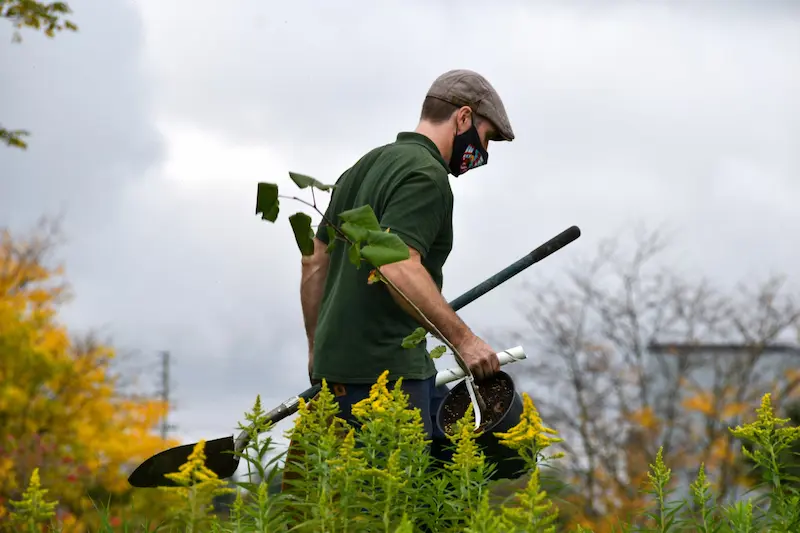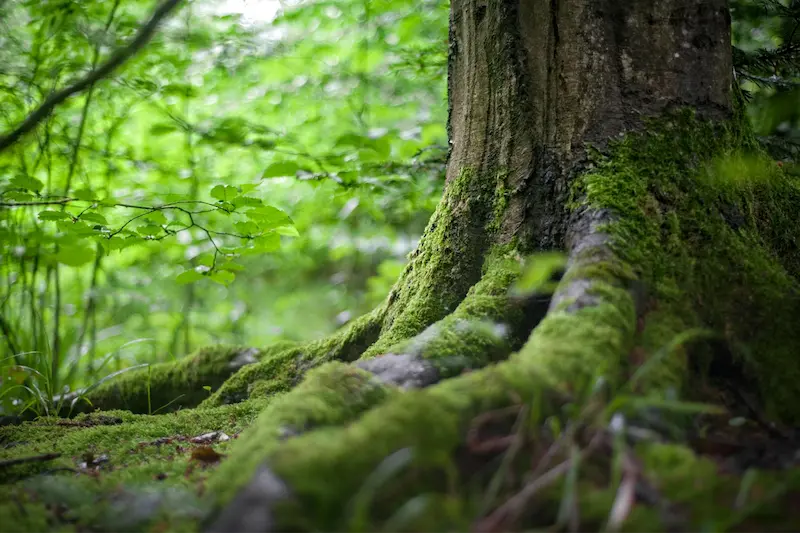Table of Contents
Keeping the trees on your property strong and healthy involves more than just letting nature take its course. Trees need proper care, attention, and a little planning to thrive. The benefits of having well-cared-for trees go beyond aesthetics – healthy trees provide shade, boost property value, and contribute positively to the environment. Understanding the essentials of tree care can help you avoid common pitfalls and keep your trees vibrant and resilient for years.
Choosing the Right Trees for Your Space
Picking the wrong tree can lead to problems down the road, including issues with growth, health, and overall maintenance. Consider climate, soil, and space to ensure your trees will thrive. Enlisting the help of professional arborists can ensure that your trees are planted correctly, maintained properly, and cared for in a way that promotes long-term health. They’ll help you select trees that are well-adapted to your climate, making all the difference.
Trees that struggle in your area will require much more attention, and they may still end up weak and unhealthy. Look for native species or those known for adaptability to the weather patterns of your location.
Assess Soil Conditions
Healthy trees begin with the right soil. Some trees require specific soil pH or conditions to develop strong roots. Assess the soil type in your area and choose trees that are well-suited to it. If needed, soil amendments can help create an optimal environment, but picking a tree naturally inclined to your soil is always easier.
Evaluate Available Space
Think about how big the tree will be when it reaches maturity. Trees planted too close to structures, driveways, or other trees can create maintenance headaches. Make sure the root systems have ample space to expand without running into obstacles that could harm their growth.
Proper Planting Techniques for Long-Term Health
Planting too deep or too shallow can stress a young tree. Make sure the tree’s root flare – the part where the trunk starts to widen at the base – is level with or just above the ground. This ensures that the roots have access to both air and moisture, which is crucial for healthy growth.
The Importance of Mulching
Mulch helps retain moisture and regulate soil temperature, both of which contribute to a healthy root system. Spread mulch in a wide ring around the tree, avoiding contact with the trunk. Piling mulch against the trunk can lead to rot and disease.
Watering Wisely
Trees need consistent moisture, particularly during their early years or during dry periods. Deep watering encourages roots to grow deeper, making the tree more stable and resilient in the long term. Aim for slow, deep watering rather than frequent shallow watering.
Routine Pruning for Structural Integrity
Pruning helps maintain tree health and encourages strong growth. Pruning during the dormant season – usually late winter – is ideal for most trees. This timing reduces the risk of disease and allows you to better see the tree’s structure. Dormant-season pruning also minimizes stress on the tree, allowing it to heal more effectively.
Focus on Removing Dead or Damaged Branches
Removing dead, damaged, or diseased branches helps prevent the spread of pathogens and pests. It also reduces the chance of branches breaking off and causing damage. Focus on keeping the tree’s canopy open to ensure sunlight reaches all parts of the tree.
Avoid Over-Pruning
Over-pruning can be detrimental, weakening the tree and reducing its ability to photosynthesize. Never remove more than a quarter of the tree’s canopy in a single year, and be careful about unnecessary cuts, which can make the tree vulnerable to stress and infection.
Managing Pests and Diseases
Regular monitoring and early intervention are key to preventing significant damage. Learn about the pests that are most likely to target your tree species. Knowing what to look for – whether it’s caterpillars, borers, or aphids – will help you catch infestations early. Visible signs like discolored leaves, holes, or sawdust-like residue may indicate a pest problem.
Use Appropriate Treatments
There are several options for treating pest problems, from natural predators like ladybugs to chemical insecticides. Opt for treatments that minimize harm to other wildlife and your garden environment. Integrated pest management (IPM) practices can help you strike a balance between effective pest control and environmental health.
Prevent Disease Through Good Practices
Diseases often take hold when trees are stressed due to poor care, such as improper watering or damage. Regularly inspect your trees for signs like fungal growth, cankers, or unusual leaf coloration. Taking preventive measures – like ensuring good air circulation and avoiding injury to the tree – can go a long way in keeping your trees disease-free.
Feeding and Fertilization for Optimal Growth

Providing the right nutrients can make a significant difference in the overall health of your trees. Fertilization isn’t always necessary, but for trees that are struggling or growing in less-than-ideal
By choosing appropriate trees, planting them properly, watering them wisely, and providing routine care, you can ensure your trees will remain an asset for many years. Trees contribute to the beauty and value of your home, but they also require a commitment to their well-being. Understanding the basics of tree care helps you make informed decisions and catch potential issues before they become major problems.
Want to explore something different? How to Choose the Right Elder Care Options for Your Loved Ones

